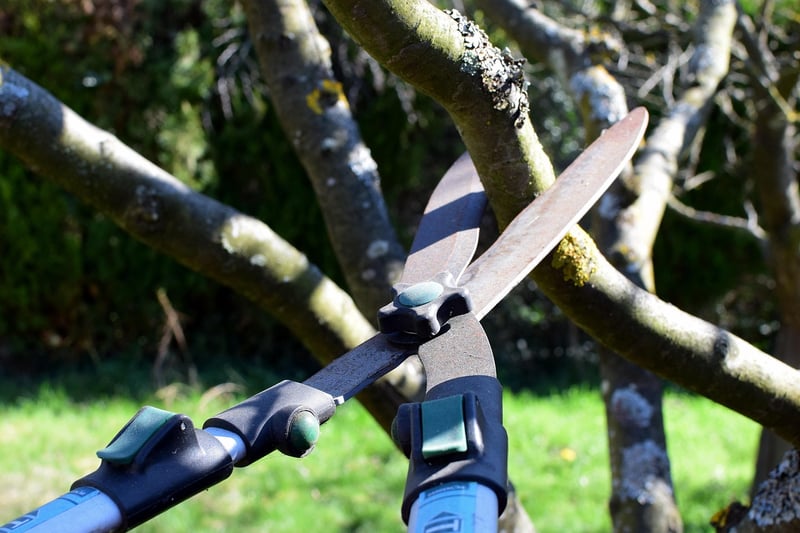Pruning Techniques
#Indoor
#Outdoor
#Organic
Guidelines for Healthy Plants and Pruning Techniques
Introduction
Having healthy plants is essential for any garden or indoor space. Proper care, including watering, fertilizing, and pruning, can help your plants thrive. In this article, we will discuss some guidelines for maintaining healthy plants and share pruning techniques to ensure optimal growth.
Guidelines for Healthy Plants
- Watering: Ensure your plants receive adequate water based on their specific needs. Overwatering or underwatering can harm your plants.
- Fertilizing: Use a balanced fertilizer to provide essential nutrients to your plants. Follow the instructions on the fertilizer package for best results.
- Light: Place your plants in locations where they can receive appropriate sunlight levels. Monitor for any signs of sunburn or lack of light.
- Temperature: Maintain suitable temperature conditions for your plants, as extreme temperatures can stress them.
- Soil: Use well-draining soil to prevent waterlogging, which can lead to root rot. Consider repotting your plants if the soil becomes compacted.
Pruning Techniques
Pruning is a crucial practice to promote healthy growth and shape your plants. Here are some pruning techniques to follow:
- Deadheading: Remove dead or faded flowers to encourage new growth and prolong flowering.
- Thinning: Remove overcrowded or diseased branches to improve air circulation and prevent the spread of diseases.
- Pinching: Pinch off the tips of stems to encourage branching and bushier growth in certain plants.
- Heading back: Cut back the tips of branches to control the size and shape of the plant.
Conclusion
By following these guidelines for healthy plants and utilizing proper pruning techniques, you can ensure your plants remain vibrant and flourishing. Remember to observe your plants regularly and adjust your care routine as needed to meet their specific requirements.

Happy gardening!
